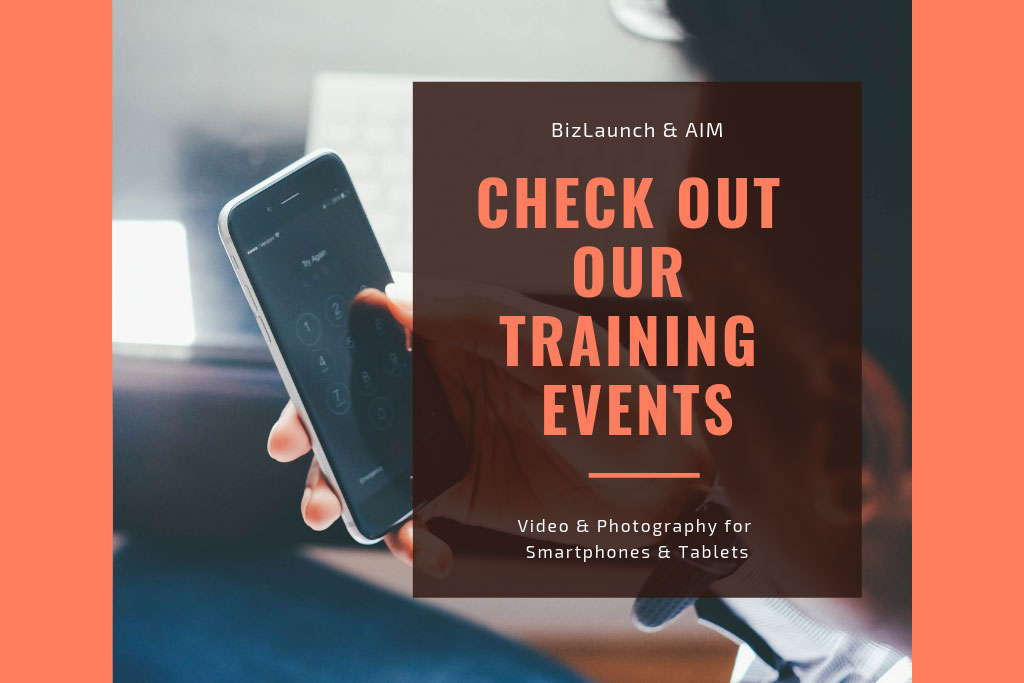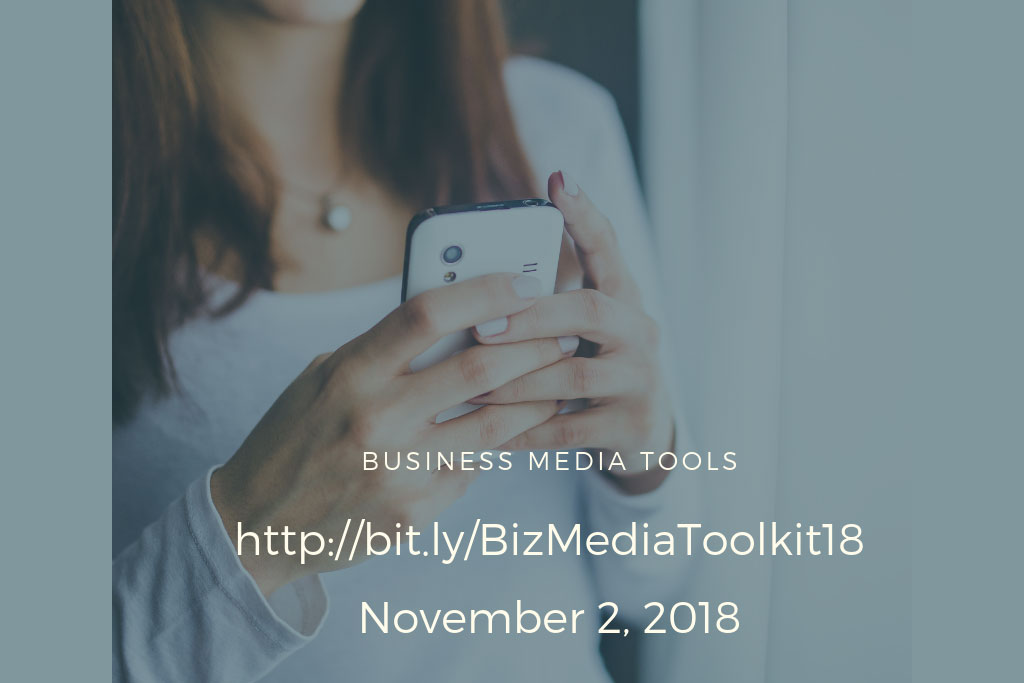This column is sponsored by BizLaunch, a division of Arlington Economic Development.
By Tara Palacios
2018. The age of viral videos and shared media posts.
How does it happen? What are the best ways to reach your clients in the short and long term? Does it make sense for your business to engage in certain activities which require the latest media tools? Do you have the right tools in your arsenal to engage successfully with your customers?
In a perfect world, your business should have a detailed (up-to-date) strategic plan in place when it comes to interacting with your customers.
First, you’ll need to answer the most fundamental question: how do your clients best receive information? Once you find out where your clients are the next thing is to understand everything about the platform, and create tools to help you to interact and engage.
Media Toolkit Quick Checklist
Step 1: Website — The content on your web site should be clear, informative and not too wordy. Less is best.
The ultimate goal of success is that all activities (blog posts, tweets, FB and LinkedIn etc.) will lead potential clients to your Web site to purchase your goods or services. This is the “call-to-action,” that your media kit must have, and your Web site is the virtual calling card of your business.
Add analytics to see how well your Web site is performing. Are you on the first page in search engines when people look for you using your industry’s key words? Anything less means your clients may find it hard to find you in search engines.
Step 2: Social Media Presence — Identify which platforms your clients are on, and make sure you are there! Social Media options can range from LinkedIn, Facebook, Twitter, Instagram, Pinterest and more.
Follow key influencers and make sure you ask them to follow you back. Freshen content daily and use different online platforms to help you manage daily content. Many of these social media tools can help you analyze how well your data and information are being opened, clicked on and shared.
Keep in mind — the more active you are on social media (using industry keywords and hashtags where applicable), the higher you can be found on search engines!
Step 3: Use of Photography/Videography — These days almost anyone can be a photographer or videographer on-the-go if you own a smartphone or tablet. The high quality of images can be captured right on your phone, making just about anyone a great photographer, and the opportunities to engage endless.
The use of images and video content on your Web site and social media platforms are critical and help in making your content clickable. The more you can use images and video the more interactive you will make the experience for your clients.
Step 4: Experiential Marketing — Nowadays, many marketing strategies and marketing campaigns include experiential touches. In building a brand, companies engage their customers throughout the process to ensure the success of their product or service.
If a customer feels a deep tie with the business, they are loyal to the brand. A campaign can include customers contributing to the overall look and feel of the business or participating in activities that encourage giving back to a community.
BizLaunch and the Arlington Independent Media (AIM) are pleased to announce they will be offering several business courses next month on how to best use media tools to build your business.
We will launch the first course with making sure you have everything you need in your media toolkit, and then move on to specific instruction on both photography and videography for your business.
For more information please click on the hyperlinks below. We hope you can join us to brush up on your skills or to improve the ones you have!
- Small Business Toolkit, November 2
- Smartphone Photography for Small Business, November 9 & November 16
- Video Production for Smartphones and Tablets, November 30 & December 7




